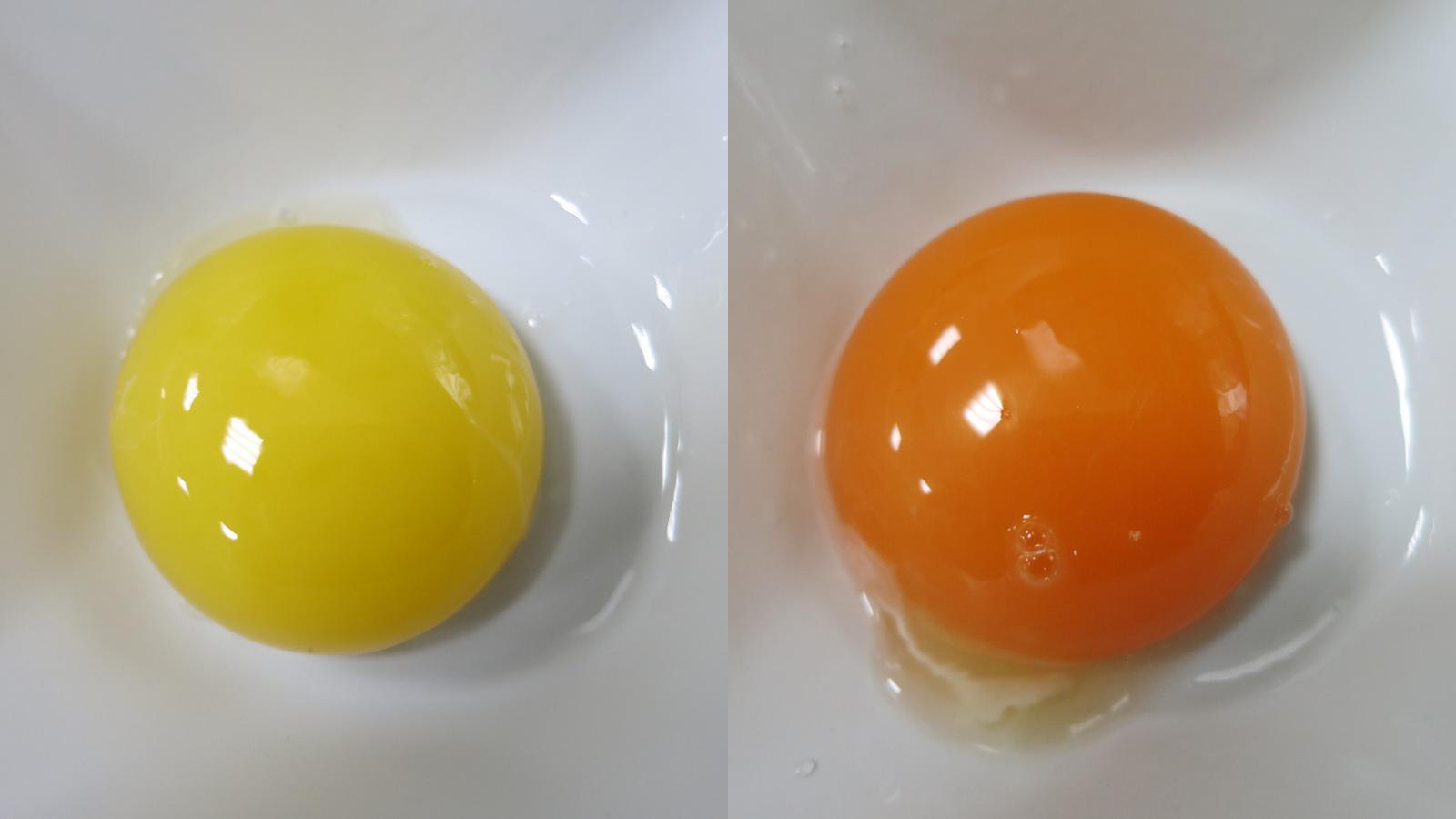Taiwan rice: Taichung Indica 17 came out, and the Animal Test Institute developed feed rice to raise delicious rice and chickens.
In order to expand domestic rice consumption, the Livestock production Research Institute (hereinafter referred to as the Animal testing Institute) specially used Taichung Indica 17 as feed rice to replace corn. It was found that native chickens with edible feed rice had a significant improvement in meat quality and flavor. It is suitable for livestock industry planning to replace. Why is that?
Taichung Indica 17 has many advantages, and then develops rice feeding materials.
Using rice as feed raw material, the Animal Research Institute said that since the output and quality of rice in Taiwan are at a certain level, the development of feed rice can not only increase the source of raw materials, but also reduce the impact of fluctuations in the price of imported feed raw materials and activate farmland. In view of this, in the selection of many rice varieties in Taiwan, Taichung Indica 17 has many advantages, such as high grain productivity, high protein content, high roughness, high lodging resistance, strong adaptability and so on. Therefore, this variety was selected for further research and development.

As shown on the left, if 100% brown rice is used instead of corn in the feed, the egg yolk is lighter, while the yolk on the right becomes redder after carotenoid supplementation.
The meat of rice-fed native chicken is softer and has a better flavor.
After a period of experiment, the animal test found that the meat quality of the chicken breast of the native chicken that ate the fodder rice would become softer and better in aroma and flavor score, while in the layer part, the eggs produced were due to the lack of lutein in brown rice. therefore, compared with ordinary laying hens, the yolk color will be diluted, so carotenoids can be supplemented to maintain their bright yellow color. The Livestock Institute also said that although there are some differences in the appearance and flavor between rice-fed poultry and eggs and general products, with the use of other functional feed, the flavor or acceptability can still be further improved. If the general industry is willing to try production, you can also inquire further.
- Prev

Davos Forum 2019: Davos listens to China's voice, Mengniu speaks on behalf of China's dairy industry
Davos listens to the voice of Mengniu, which will be present on behalf of China's dairy industry. Let's take a look. At the annual meeting of the World Economic Forum in Davos in 2019, Mengniu is an advocate of globalization and is constantly active on the world stage to speed up its own process of internationalization.
- Next

Mango disease control: mango common disease powdery mildew disease and control methods
What is the disease of mango powdery mildew? What is the ecological cause? How to prevent, how to prevent? Symptoms: This disease can occur in citrus fruit inflorescences, tender leaves, young fruits and tender stems, generally white powdery thallus can be seen in the affected parts, and in the tender stems.
Related
- A one-day flower show brings 130 million yuan in orders! Nanhai, this Phalaenopsis exhibition is amazing
- What do the flower language and meaning of Lutheran tree mean? Precautions for planting Lutheran tree
- Encounter Chaoshan Kongfu tea, not without this cup of Phoenix single clump
- The durian market in Vietnam and Thailand is flooded. The price of imported durian has plummeted by 30-40% in a month.
- Shanghai solved the problem of local vegetable supply by planting 80,000 mu of green leafy vegetables.
- Wageningen University has become the best agricultural university in the world for the seventh time in a row.
- The strongest export season of South African grapes is full of challenges, with exports to Russia falling sharply by 21%.
- Sri Lanka is on the verge of bankruptcy, "Tea for debt" Organic Agriculture Revolution aggravates the Food crisis?
- Turning waste into earthworm manure and worm manure into organic fertilizer-A new choice for auxiliary farming
- Organic rice growers shoulder the responsibility of nurturing agricultural talents! Yinchuan Sustainable Farm with Organic Life Camp

